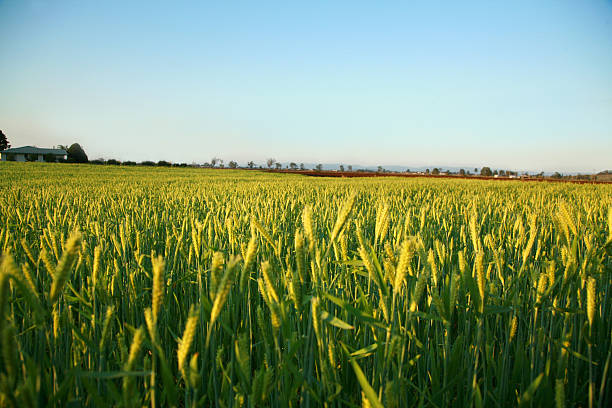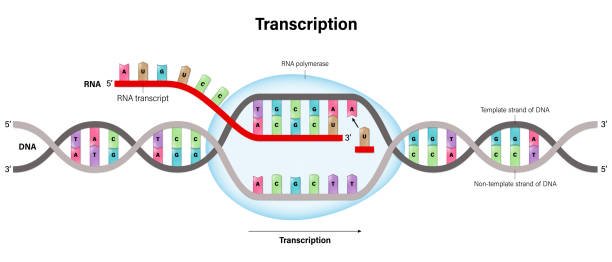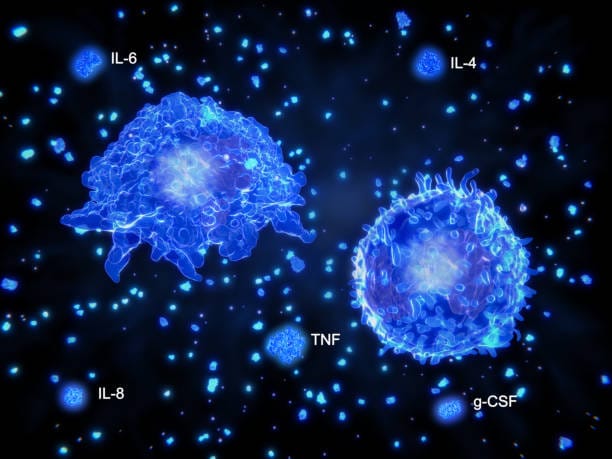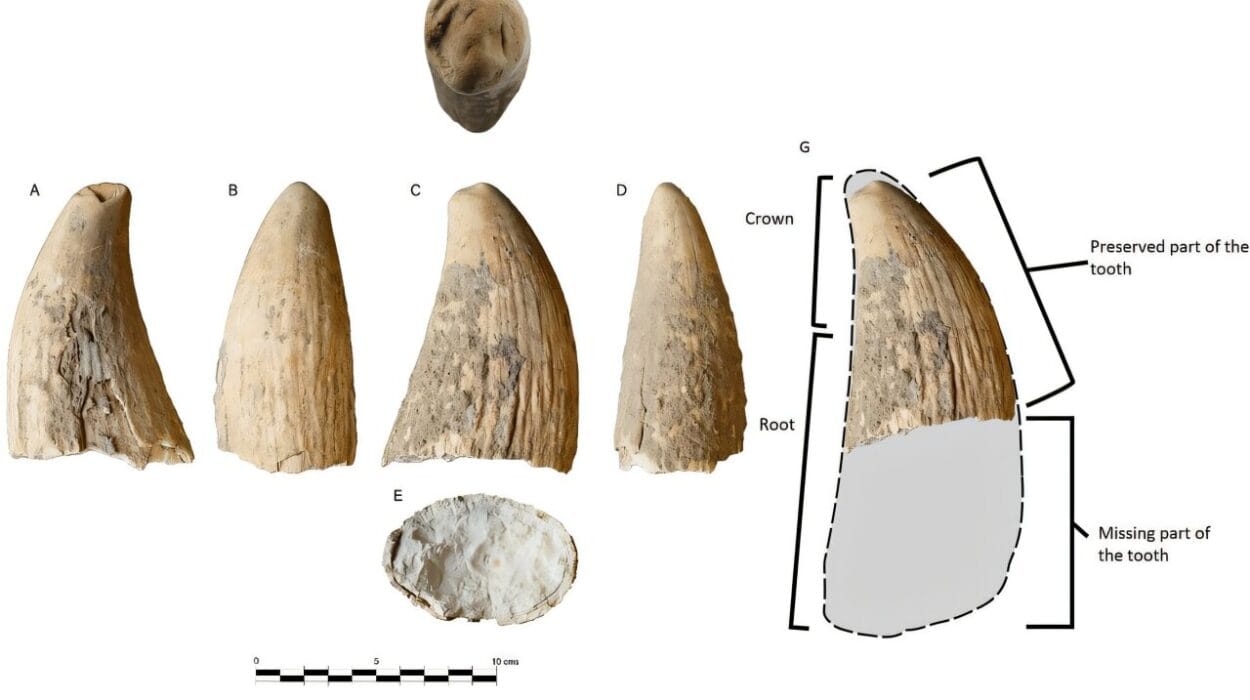A new study from Stanford University has sent shockwaves through the world of agricultural science, confirming what many farmers, food economists, and climate scientists have suspected for years: the warming planet is already cutting into our food supply—and it’s happening faster and more unevenly than many models predicted. Published in the Proceedings of the National Academy of Sciences, the research reveals a sobering truth: extreme heat and growing air dryness are quietly strangling yields of essential crops like wheat, maize (corn), and barley across the globe.
This isn’t a far-off scenario. The losses are measurable and significant. According to the study, current yields are 4% to 13% lower than they would be without recent climate trends. In other words, millions of tons of grain that should be feeding people, fueling economies, and stabilizing food prices never even grew.
“We’re already seeing it,” said David Lobell, the study’s lead author and Director of Stanford’s Center on Food Security and the Environment. “When people ask if this is happening faster than we thought, it’s not so much that we’re shocked by the impacts—what’s striking is that it’s playing out in ways we didn’t fully anticipate.”
Climate Change’s Double Blow: Heat and Dry Air
Climate change doesn’t just mean warmer days. It means hotter nights, prolonged droughts, and a steady rise in the dryness of the air—a factor that puts intense stress on crops, especially during sensitive growth phases like flowering and grain filling.
The Stanford researchers found that nearly every major agricultural region on Earth is now experiencing hotter growing seasons compared to 50 years ago. This is particularly significant for temperate zones like Europe and China, which until recently were considered relatively buffered from extreme climate variability. Contrary to previous model projections, these regions have experienced a dramatic spike in “vapor pressure deficit”—a measure of how dry the air is. Plants under high vapor pressure deficits lose water faster, close their pores to prevent dehydration, and ultimately slow or stop photosynthesis.
By contrast, in the United States—particularly the Midwest, a region known as the breadbasket of the world—conditions were unexpectedly stable. Warming and drying occurred, but to a lesser degree than projected. This regional imbalance has made food production increasingly uncertain, tilting global supply dynamics and driving volatility in food markets.
When Models Miss the Mark
The study exposes two significant blind spots in current climate models: the underestimation of air dryness in temperate regions and the overestimation of warming in U.S. farms. These discrepancies aren’t just academic—they have real-world consequences for how we plan, plant, and prepare.
“These two big surprises are important to resolve,” said study co-author Stefania Di Tommaso. “Modeling inaccuracies matter not just for predicting how bad things might get, but also for designing smart adaptations.”
One example: many adaptation strategies have encouraged farmers to shift toward longer-maturing crop varieties, designed to take advantage of extended growing seasons brought by a warmer climate. But if drying trends make it harder for crops to survive those longer seasons, these strategies may backfire.
In short, adaptation without precision can be as dangerous as no adaptation at all.
Carbon Dioxide’s Double-Edged Sword
It’s worth noting that rising atmospheric CO₂ levels, often vilified for their role in climate change, do offer some benefits to plant growth. Higher CO₂ can stimulate photosynthesis, enhance water-use efficiency, and lead to higher yields—at least in theory.
But in practice, the Stanford study found that those potential benefits have been dwarfed by the negative effects of extreme heat and air dryness. Crops that might have flourished under enhanced CO₂ are instead withering under the strain of water stress and scorching temperatures. The net result is a reduction in overall productivity, even in areas where CO₂-induced growth spurts might be expected.
The Bigger Picture: A Fragile Food Web
While this study focused on staple grains, the implications stretch far beyond wheat fields and corn belts. The global food system is a tightly interconnected web. A shock in one region can ripple through markets and diets worldwide.
Lobell and his team note that less-studied but economically important crops—coffee, cocoa, oranges, olives—are also facing growing threats. These “luxury” items may not define food security in the traditional sense, but they carry economic weight and social significance. Their scarcity could reshape economies, disrupt livelihoods, and even shift migration patterns.
“People might not care when they hear about a 5% drop in wheat,” Lobell explained, “but they do notice when their morning coffee doubles in price. That’s when climate change becomes personal.”
Economic and Human Toll
A 5% drop in global crop yields might sound modest, but scale that across billions of bushels and you start to grasp the enormity. These deficits represent the difference between abundance and scarcity, between stable markets and sudden spikes in food prices. For vulnerable populations in developing countries, they can mean the difference between a full plate and empty stomach.
This isn’t just an agricultural issue—it’s a geopolitical one. Declining yields can stoke food insecurity, increase reliance on imports, and drive up food inflation globally. The study echoes findings from earlier research in March, which warned that U.S. agricultural productivity could slow dramatically without major investment in climate adaptation.
“If you’re trying to feed hundreds of millions of people, a 5% yield loss is devastating,” said Lobell. “It’s enough to shift markets, trigger price shocks, and even spark conflict in fragile regions.”
Adaptation: Smarter, Not Just Faster
So, what now?
The answer isn’t to abandon adaptation—but to make it smarter. That means updating models to better reflect regional realities, investing in resilient crop varieties, improving irrigation efficiency, and rethinking farming calendars to align with changing weather patterns.
It also means increasing public and private investment in climate-resilient agriculture. That includes breeding heat-tolerant crops, using precision farming technologies to monitor water stress, and creating financial tools—like crop insurance and climate risk assessments—that protect farmers against worsening variability.
Importantly, the world must support smallholder farmers, especially in Africa and South Asia, who produce a large share of the global food supply but have the fewest resources to adapt.
The Urgency of Action
As the climate crisis accelerates, food security is no longer a challenge for the distant future—it is a now problem. The findings from Stanford drive home the urgency of recalibrating our response. Models must evolve. Strategies must adapt. And policy must be grounded in the latest science.
Yet, amidst the bad news, there is a silver lining: the climate science behind these predictions has largely held true. That means we have a strong foundation to build on. If anything, the recent surprises highlight the need for continued scientific vigilance—not a failure of climate models, but a call for refinement.
“Overall, I think climate science has done a remarkable job of anticipating global impacts,” Lobell emphasized. “We just need to keep listening to it—and not wait until it’s too late.”
Final Thoughts: From Data to Dinner Table
Climate change is no longer just a forecast—it’s a force already reshaping the world’s farms, fields, and food baskets. From arid plains in China to the golden fields of France, the quiet war against crop yields is underway, largely hidden from view but felt in every harvest, grocery bill, and empty granary.
The Stanford study reminds us that numbers on a graph translate to real consequences in kitchens, markets, and communities. The droughts and heatwaves may feel distant, but they are already tightening the global food chain. Our collective challenge is not only to recognize these signals—but to act on them, with urgency, intelligence, and resolve.
Because when a 5% drop can feed—or fail—hundreds of millions, every percentage point matters. Every model update matters. And every day counts.
Reference: David B. Lobell et al, A half-century of climate change in major agricultural regions: Trends, impacts, and surprises, Proceedings of the National Academy of Sciences (2025). DOI: 10.1073/pnas.2502789122






